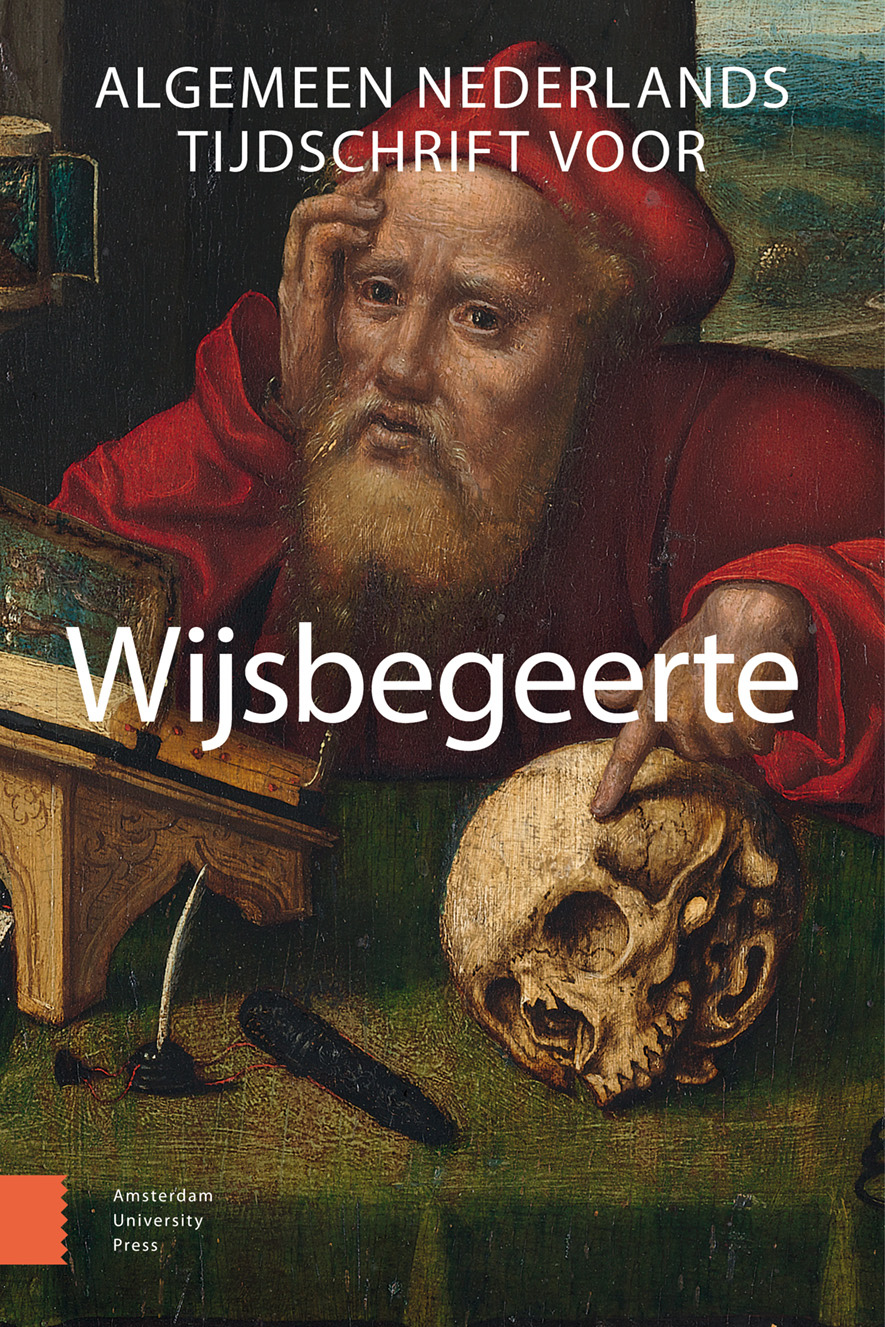-
oa Beloften en teleurstellingen van artificiële intelligentie voor wetenschappelijke ontdekkingen
- Amsterdam University Press
- Source: Algemeen Nederlands Tijdschrift voor Wijsbegeerte, Volume 113, Issue 1, feb. 2021, p. 55 - 80
-
- 01 feb. 2021
Samenvatting
Promises and disappointments of artificial intelligence for scientific discovery
Recent successes within Artificial Intelligence with deep learning techniques in board games gave rise to the ambition to apply these learning methods to scientific discovery. This model for discovering new scientific laws is based on data-driven generalization in large databases with observational data using neural networks. In this study we want to review and critical assess an earlier research programme by the name of BACON. Though BACON was based on different AI technology, we can learn from its limitations and thus adjust our expectations. The BACON program had two ambitions, one descriptive and one normative. On the one hand, it wanted to provide an explanation how philosophers of nature in history arrived at general laws from observational data and on the other hand it also aimed to reconstruct historical discoveries and realize new ones. We will assess the claims of the BACON program by means of two historical cases studies: the discovery of the sine law of refraction in optics and the discovery of Kepler’s third law of planetary motion. I will demonstrate that, despite the formulated claims, BACON did not use the same historical data available to its discoverers and, more importantly, that the model of inductive generalization of observational data does not correspond with the historical methods. Finally I will question the value of data-driven induction for scientific discovery in general.


